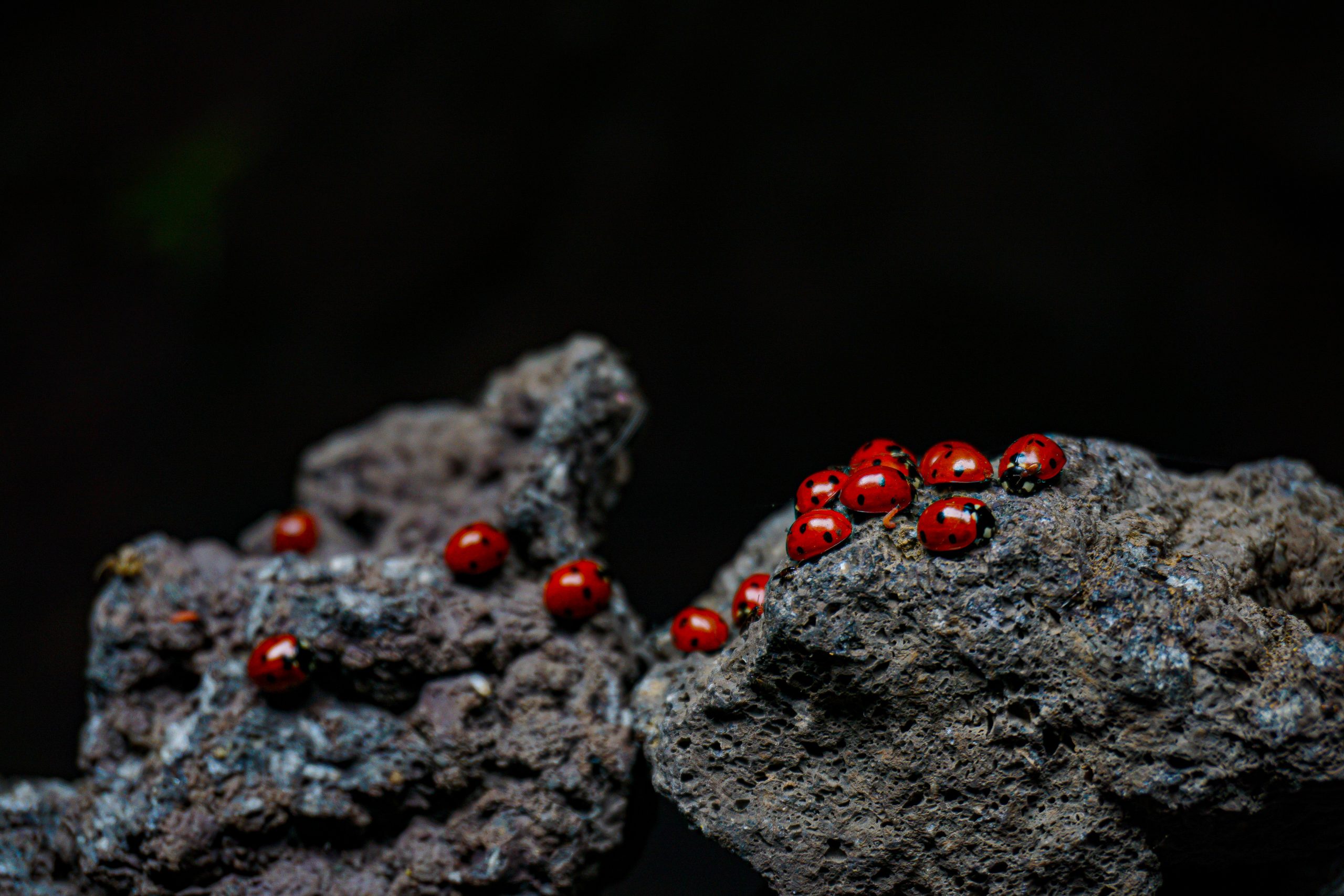Last Updated on April 10, 2024 by Real Men Sow
Ladybirds are one of the beneficial bugs in our gardens. They are one of the biggest allies when it comes to gardening because they are feeding off insects and pests that all gardeners hate. It might come in handy if you know how to attract ladybirds in your garden so let’s dive into some of the great ways to attract them and go more in detail about why you should team up with more ladybirds.
How To Attract Ladybirds In Your Garden
As well as leaving some nettles be, avoid spraying pesticides, which will have a knock-on effect on predators such as ladybirds. It’s tempting to panic at the first sign of aphids, but a little restraint often pays off with a visit from these hungry bugs.
Benefits After Attracting Ladybirds in Your Garden
Leaving Nettles be and avoiding spraying pesticides once seeing the first signs of aphids would help attract ladybirds to protect your garden by feeding off the aphids. They like pollen-rich blooms and flat-topped flowers too. Offer them a place to hibernate by delaying cutting back old stems until spring or by creating a stuffing straw and a bundle of wide bamboo into an old pot.
What do Ladybirds Look Like?
Their species vary and their names are after their spots on their wing cases. They come in red, orange, or yellow colors. There is also the harlequin ladybird that eats the larvae and eggs of other ladybirds when there is a lack of food. They feed on pests too!
Four Phases of the Ladybird Life Cycle
Eggs
Five to Forty tiny eggs are laid under leaves. It’s best to plant Nettles since it’s their favorite for egg laying.
Larval Stage
They consume a lot of aphids. Once their eggs are hatched, the larvae would begin eating aphids that they can find. Their appetites allow them to eat 50 aphids a day. Soft-bodied pests are also their targets. If you’re having trouble with Whiteflies, Mites, and Scale Insects, the Ladybird is here to help.
Pupal Stage
After a series of molts the larva pupates. Often yellow or orange and with black markings, this pupal stage lasts for around one to two weeks during which time the magical transformation from larva to adult beetle occurs. The Larvae pupate after a series of molts into yellow or orange with black markings. This phase takes one to two weeks before turning into an adult beetle.
Adult Beetles
The adult beetles are brightly colored and they hibernate together over the winter. They wake up in spring and begin the life cycle again.

